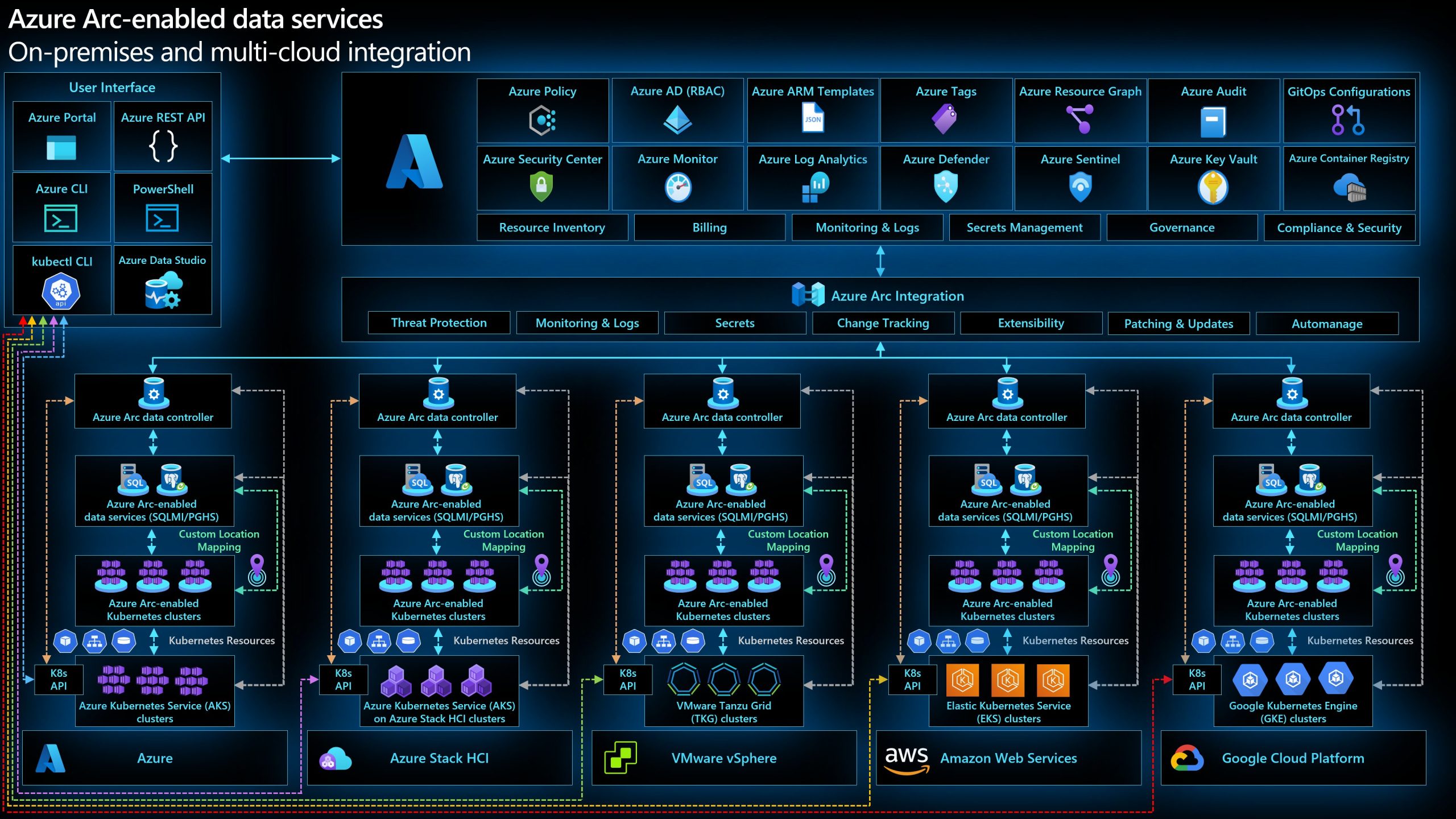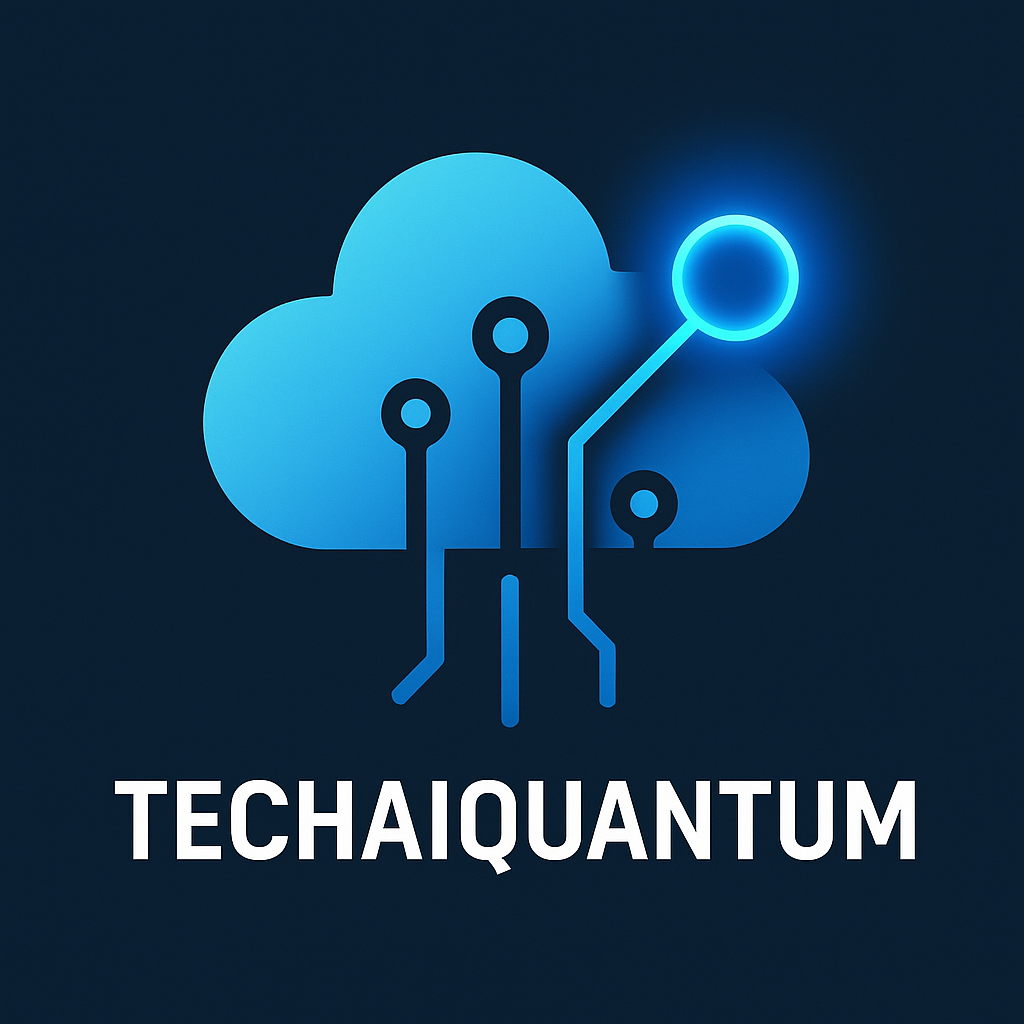-
Azure ARC Enabled Servers:
Azure Arc-enabled servers lets you manage Windows and Linux physical servers and virtual machines hosted outside of Azure, on your corporate network, or other cloud provider. When connecting your machine to Azure Arc-enabled servers, you can perform various operational functions similar to native Azure virtual machines.
Using Azure Arc, organizations can centrally manage and secure hybrid servers with a range of tools. Governance is achieved by assigning Azure Automanage machine configurations and enforcing compliance through Azure Policy. Non-Azure servers are protected using Microsoft Defender for Endpoint, integrated with Microsoft Defender for Cloud for threat detection, vulnerability management, and proactive monitoring, while Microsoft Sentinel enables advanced security analytics. Configuration tasks are automated with Azure Automation runbooks, supported by Change Tracking, Inventory, and Update Management for OS patching and post-deployment setup using VM extensions. Monitoring is enhanced through VM insights and Log Analytics to capture performance metrics and events. Additionally, Extended Security Updates (ESUs) can be procured at scale for Windows Server 2012 and 2012R2 machines in vCenter-managed environments.
-
Azure ARC Enabled VMWare vSPhere:
Azure Arc-enabled VMware vSphere simplifies hybrid IT management by enabling visibility and control over VMware vSphere resources directly from Azure. When using Azure VMware Solution (AVS) as a private cloud within Azure, organizations benefit from enhanced capabilities such as free Extended Security Updates (ESUs) for SQL Server and Windows Server VMs. To maximize these benefits, proper onboarding and integration steps must be followed, ensuring that Azure Arc-enabled VMs within AVS are properly connected and managed. Specific instructions are provided to refresh integration when alternate onboarding methods are used. With Azure Arc integration, users can discover and manage VMware resources at scale, including VMs, templates, networks, and datastores. They can perform lifecycle operations like create, resize, delete, and power actions directly from Azure. Developers and application teams can access and manage VMs through Azure RBAC, supporting self-service workflows. The Azure Arc-connected machine agent can be installed at scale to unlock full Arc server capabilities. Additionally, users gain a unified view of their hybrid infrastructure and can automate operations using SDKs, templates, APIs, CLI, or PowerShell.
-
Azure ARC Enabled Kubernetes
Azure Arc-enabled Kubernetes allows organizations to extend Azure’s management and governance capabilities to Kubernetes clusters running outside of Azure—whether on-premises, in other cloud environments, or at the edge. By connecting these clusters to Azure Arc, they become first-class Azure resources, enabling centralized visibility, inventory management, policy enforcement, and security controls through familiar Azure tools like Azure Policy, Azure Monitor, and Microsoft Defender for Cloud. This approach simplifies hybrid and multicloud Kubernetes management by unifying operations under a single control plane, regardless of where the clusters are hosted. Once onboarded, Azure Arc-enabled Kubernetes supports GitOps-based deployment and configuration management, allowing teams to automate app delivery and ensure consistency across environments. Azure RBAC and Azure Active Directory can be integrated to manage access control, enabling fine-grained, identity-based permissions. Additionally, Arc enables developers to deploy Azure services such as Azure App Services, Azure Functions, or Logic Apps on any Kubernetes cluster, supporting application modernization across diverse infrastructures. With these capabilities, Azure Arc bridges the gap between cloud-native and traditional environments, accelerating digital transformation across hybrid landscapes.
-
Azure ARC Enabled Data Services
Azure Arc-enabled Data Services allows you to run Azure SQL Managed Instance and PostgreSQL Hyperscale in any environment—on-premises, in other public clouds, or at the edge—while still benefiting from Azure's cloud-based management, automation, and security features. Once deployed, these services operate just like they do in Azure, but on the infrastructure of your choice. You get built-in capabilities like automated backups, high availability, elastic scaling, and self-service provisioning, all while maintaining data sovereignty and compliance by keeping the data within your own environment. In addition to operational benefits, Azure Arc-enabled Data Services provides centralized monitoring, billing, and policy enforcement through the Azure portal. You can manage your hybrid data estate at scale using familiar tools such as Azure CLI, PowerShell, or ARM templates. It also supports advanced analytics and machine learning workloads by integrating with other Azure services. This empowers organizations to modernize their data platforms without the need to migrate everything to the cloud, offering true hybrid flexibility with a consistent management experience.
-
Azure ARC Enabled Machine Learning
Azure Arc-enabled Machine Learning brings Azure Machine Learning capabilities to on-premises, multicloud, and edge environments, allowing organizations to run ML workloads securely and consistently wherever their data lives. With Arc integration, you can register and manage Kubernetes clusters outside Azure as compute targets for model training and inferencing. This enables data scientists and ML engineers to use Azure Machine Learning Studio, SDKs, and CLI tools to build, train, deploy, and monitor models across hybrid environments—without having to move sensitive or regulated data to the public cloud. In addition to supporting hybrid model development, Azure Arc-enabled Machine Learning ensures governance, reproducibility, and traceability of ML workflows. It provides centralized management of assets like datasets, models, and experiments, while enforcing compliance with Azure Policy, role-based access control (RBAC), and audit logging. This makes it ideal for industries like finance, healthcare, or government, where data residency and compliance are critical. Ultimately, Arc empowers organizations to adopt a "train anywhere, manage centrally" approach to machine learning at scale.













